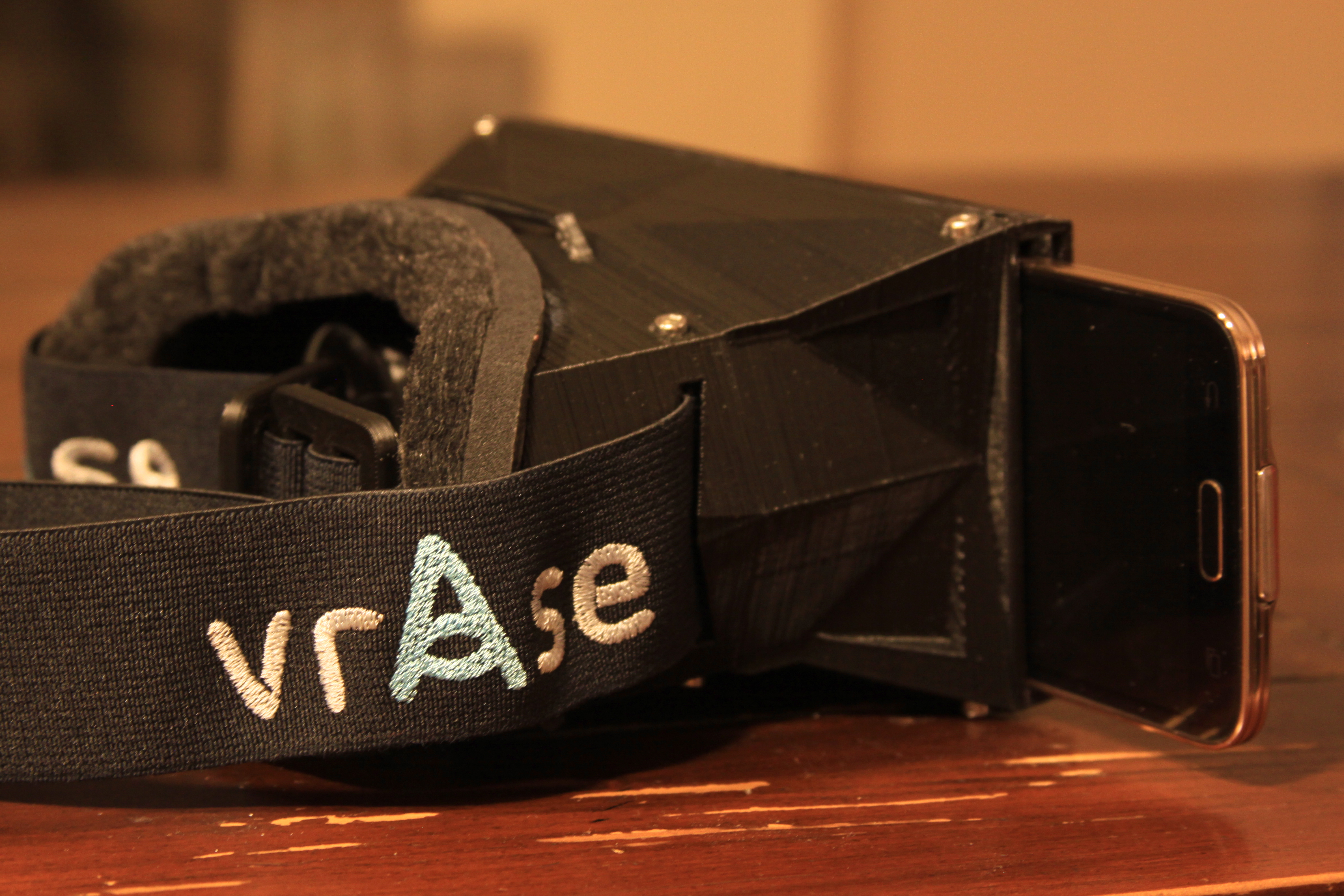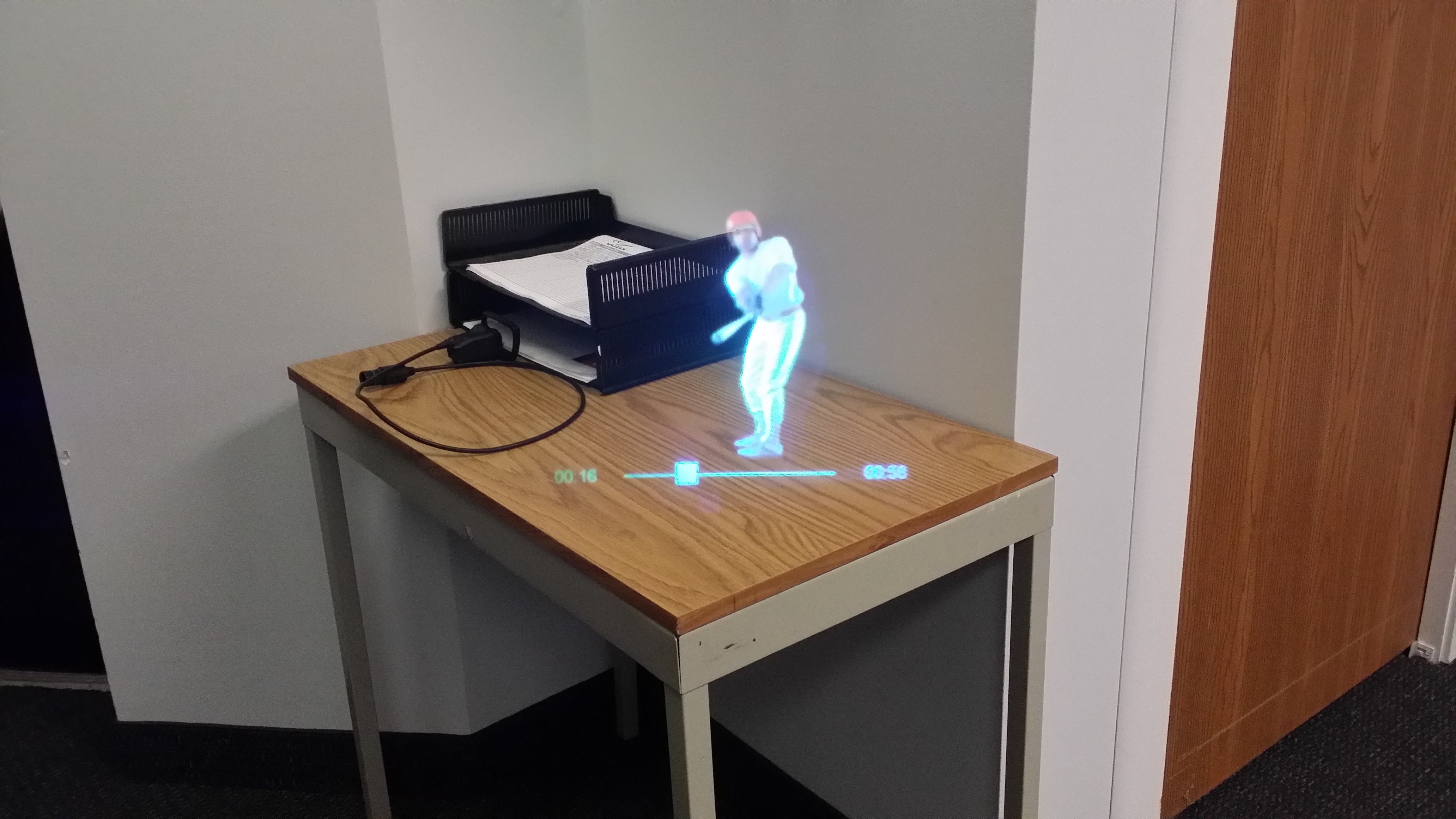Epson Moverio BT-200 Augmented Reality Glasses Review
Epson proves that Augmented Reality is here and starting to deliver on its promise. The Moverio 200 glasses are far from perfect, however, and the applications are just emerging.
The Competition And Technical Specifications
By way of background, I have tried the Oculus Rift DK2. And one Tom's Hardware editor owns a unit, so you'll start to read about our experiences with that shortly. It is vastly unfair to compare Epson's Moverio to those immersive VR headsets, since the experiences and purpose are quite different. I also have a very rudimentary prototype of a VR headset from vrAse (pictured below), which relies on a smartphone inserted into the headset (in this case, a Samsung Galaxy S5), and is, at least at this point, more appropriate for immersive and projected entertainment -- these are not commercially available.
And I have spent extensive time talking with Vuzix about its next developments, which will be displayed at CES in January. Vuzix stands out for a few reasons. First, it will use waveguide optics, which allows the company to use the lenses of the glasses as the display. Just like waveguides for, say, radio waves, Vuzix uses the scheme for guiding light, bouncing it along the nano-etched surface of the glass, where the light escapes in a controlled manner. No projections. The glass is the display. The lenses can be thin (1.4mm) and light, they can be darkened electronically so as to create a more immersive experience.
Recently, Lenovo announced a partnership whereby the company would co-brand Vuzix-powered glasses. It is an exclusive one-year agreement in China. Lenovo is developing applications for the glasses, and Vuzix will have access to them. Above and below are two concept photos, the first being a model for what the next version of the Vuzix glasses will look like, and the second is a hologram image as seen using waveguide optics.
Back to Epson and the Moverio. Below is a reminder about some of the specifications of the Moverio 200 AR glasses. On the following page, I'll provide a walk through of some of the applications, including a few video snippets that I hope will give you a small sense of what the actual applications look and feel like.
| Optical | |
|---|---|
| LCD Driving Method | Poly-silicon TFT active matrix |
| LCD size | 0.42-inch-wide panel (16:9) |
| LCD Pixel Number | 518,400 dots (960x540) x 3 |
| Field of View | Approx. 23 ° |
| Screen Size (Projected Distance) | 40 inches at 2.5m - 320 inches at 20m |
| Color Reproduction | 24-bit color (16.77 million colors) |
| Refresh Rate | 60Hz |
| Android Platform | |
| OS Type | Android 4.04 |
| OS Update | via network |
| Installed Applications | SEViewer, Moverio Apps Market, Moverio Air, Moverio Mirror (for Wi-Fi Miracast) |
| Sensors | |
| Camera | VGA |
| GPS | Yes, in Controller |
| Compass | Yes, in both Headset and Controller |
| Gyroscope | Yes, in both Headset and Controller |
| Accelerometer | Yes, in both Headset and Controller |
| Microphone | Yes |
| Connectivity | |
| Wireless LAN | IEEE 802.11b/g/n |
| Bluetooth | 3.0 |
| microUSB | USB 2.0 |
| CPU And Memory | |
| CPU | TI OMAP 4460 1.2GHz dual-core |
| RAM | 1GB |
| Internal Memory | 8GB |
| External Memory | MicroSD (max. 2GB), MicroSDHC (max. 32GB) |
| User Interface | |
| Function Key | Home, Menu, Back, Function (Brightness, 2D/3D), Volume (+/-), Power (lock), Reset |
| Touch pad Pointing method | Capacitive Multi-touch |
| Supported File Formats | |
| Video | MP4 (MPEG4+AAC / Dolby Digital Plus), MPEG2 (H.264+AAC / Dolby Digital Plus) |
| Audio | AAC, MP3, WAV, Dolby Digital Plus |
| 3D supports | Side By Side |
| Sound Output | |
| Surround | Yes, Dolby Digital Plus |
| General | |
| Operating Temperature | 5° C - 35° C, 41° F - 95° F, 20% - 80% Humidity |
| Power Supply Voltage: AC adapter | 100V - 240V AC +/- 10%, 50Hz/60 Hz, with MicroUSB cable |
| Battery Life | 6 hrs (Video mode with Android at 25°) |
| Battery Type | Li-Polymer 2720mAh |
| Dimensions: Head set | 170mm x 185mm x 32mm (D x W x H) (without light shielding) |
| Dimensions: Controller | 120mm x 55mm x 19mm (D x W x H) |
| Weight Headset | 88g (without light Shielding / without harness) |
| Power Supply Voltage Controller | 5V, 900mA via microUSB terminal |
| Weight Controller | 124g |
| What's in the box | AC adapter, carrying case, ear hook, inner frame for optical lenses, ntraauricular earphone with microphone, quick Setup Guide, shade x2 (light and dark), USB cable, user manual (CD-ROM) |
Get Tom's Hardware's best news and in-depth reviews, straight to your inbox.
Current page: The Competition And Technical Specifications
Prev Page Hands-On With Epson's Augmented Reality Glasses Next Page Games


